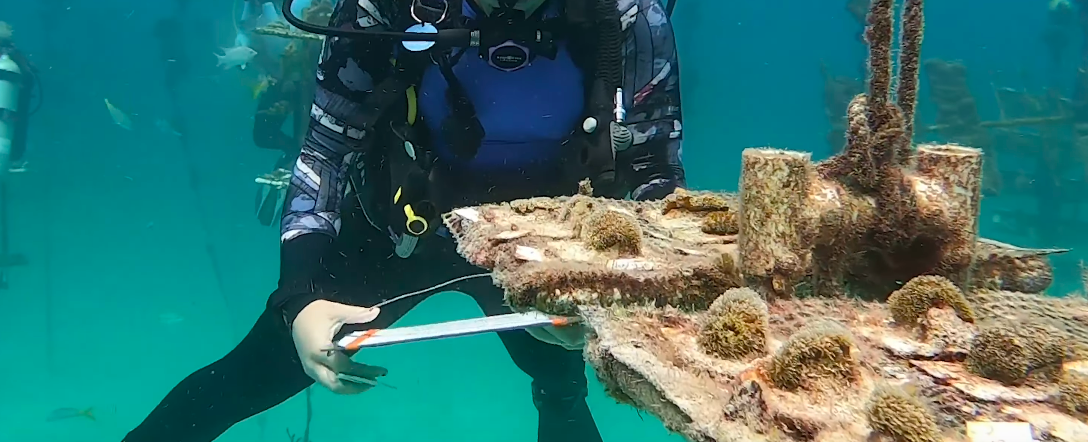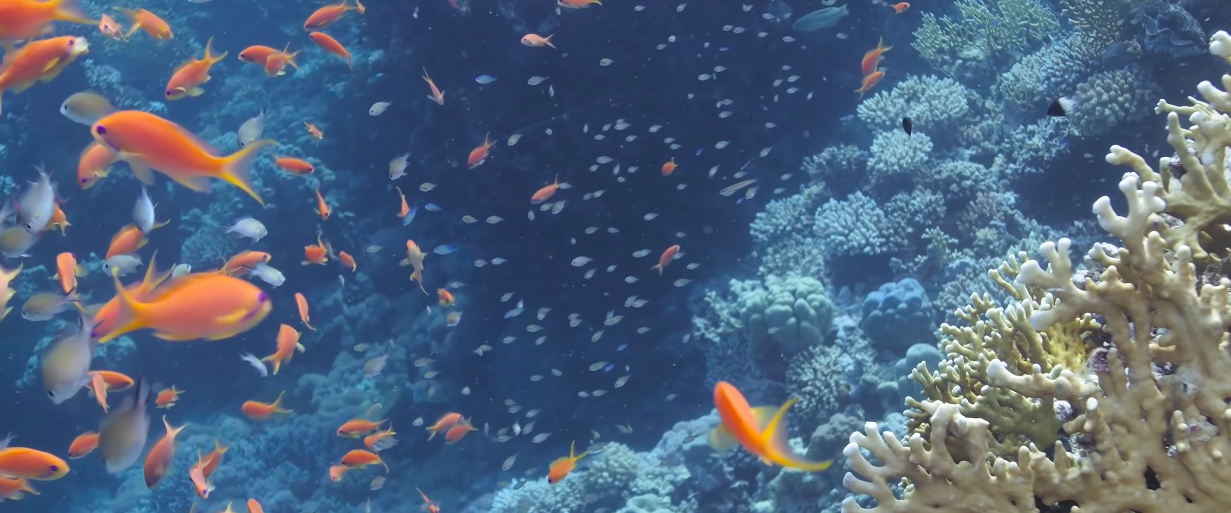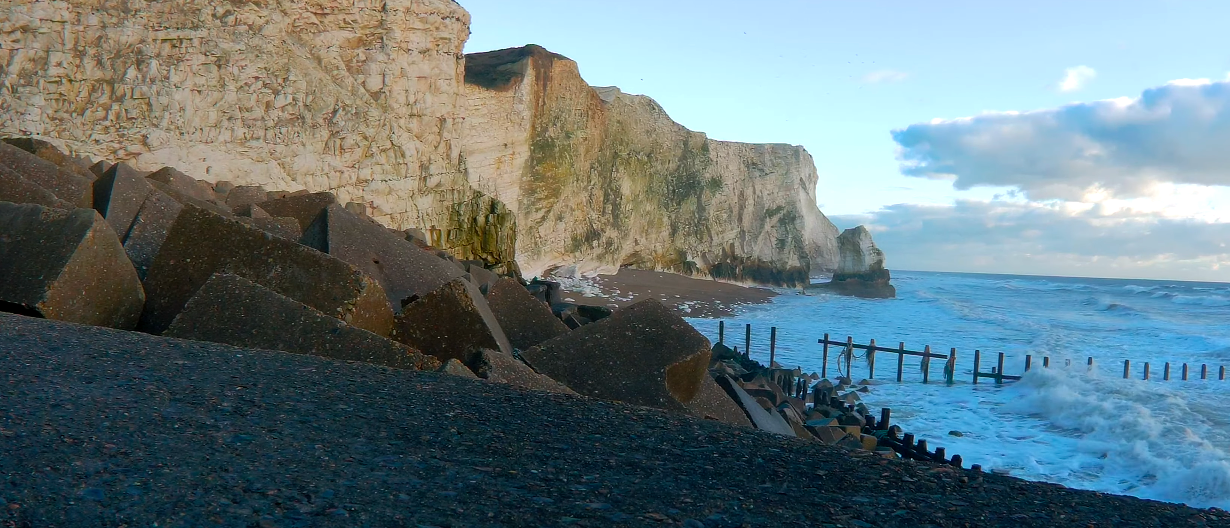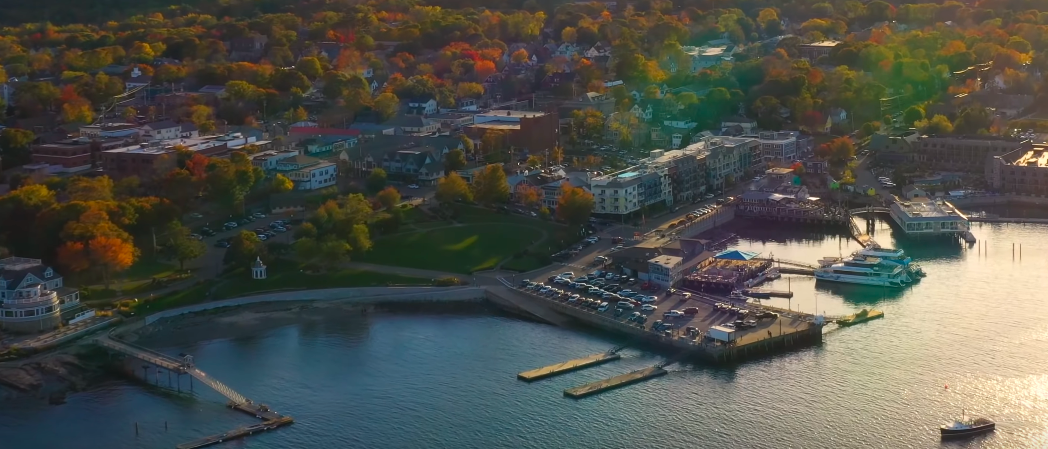A range of natural or synthetic materials are used to create artificial reefs, which can be built in an infinite number of shapes and designs. Artificial reefs are one of the many techniques employed by marine conservationists to rebuild coral reefs all around the world. Generally speaking, the purpose of these artificial reefs is to offer a stable environment for coral growth as well as habitat for fish and other organisms that you would find on a genuine reef. Artificial reefs have received a lot of praise over the years from individuals who have worked with them, but they have also drawn a lot of criticism from experts who believe that they are only addressing the symptoms and not the root causes of coral reef issues.
For a variety of reasons, concrete is the preferred material for usage by most reef managers. First of all, it is a substance that resembles real coral limestone in composition and is widely accessible, strong, heavy, and inexpensive. Concrete is incredibly versatile and durable underwater. It can be molded into almost any size or shape. Some detractors contend that metal traces in concrete will lead to coral illness, but from our experience, corals cling …




